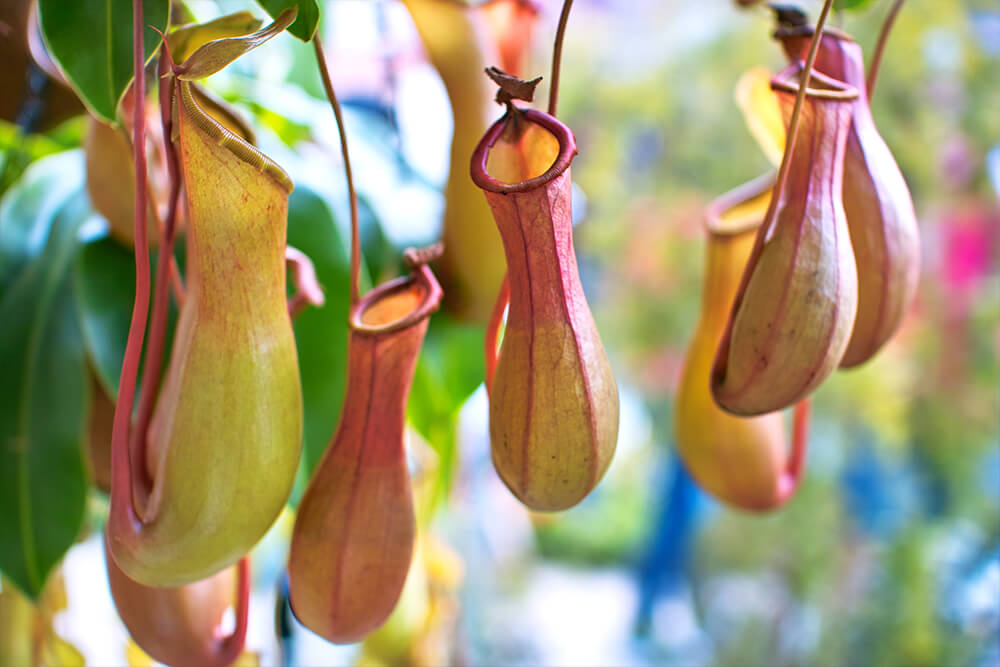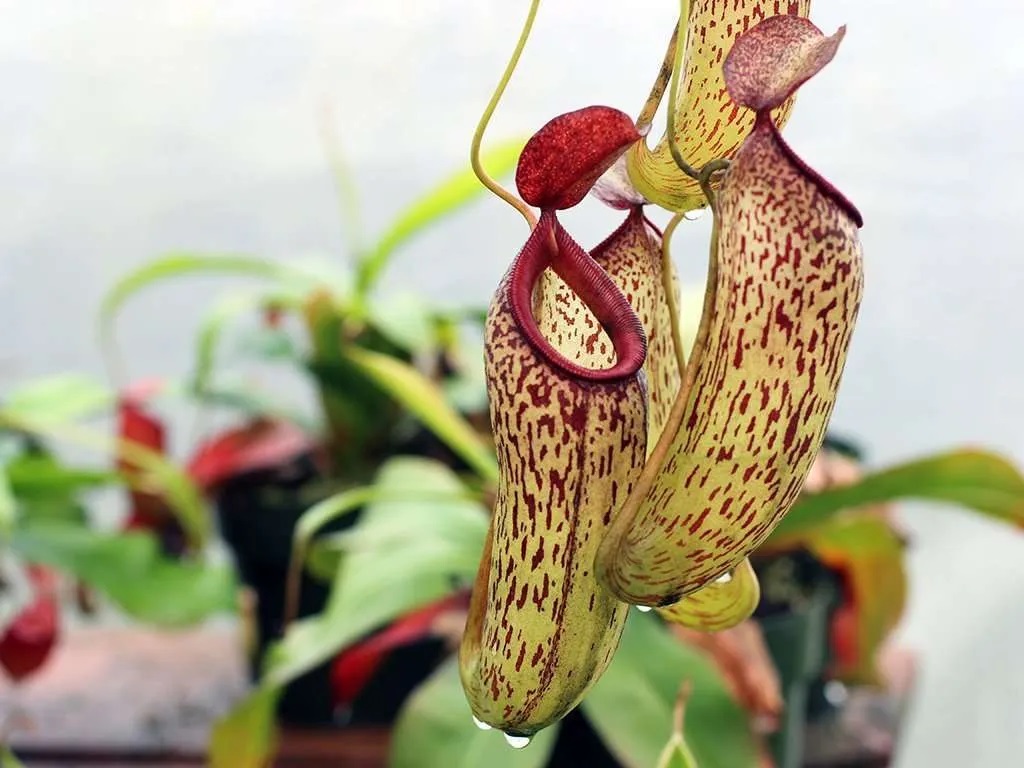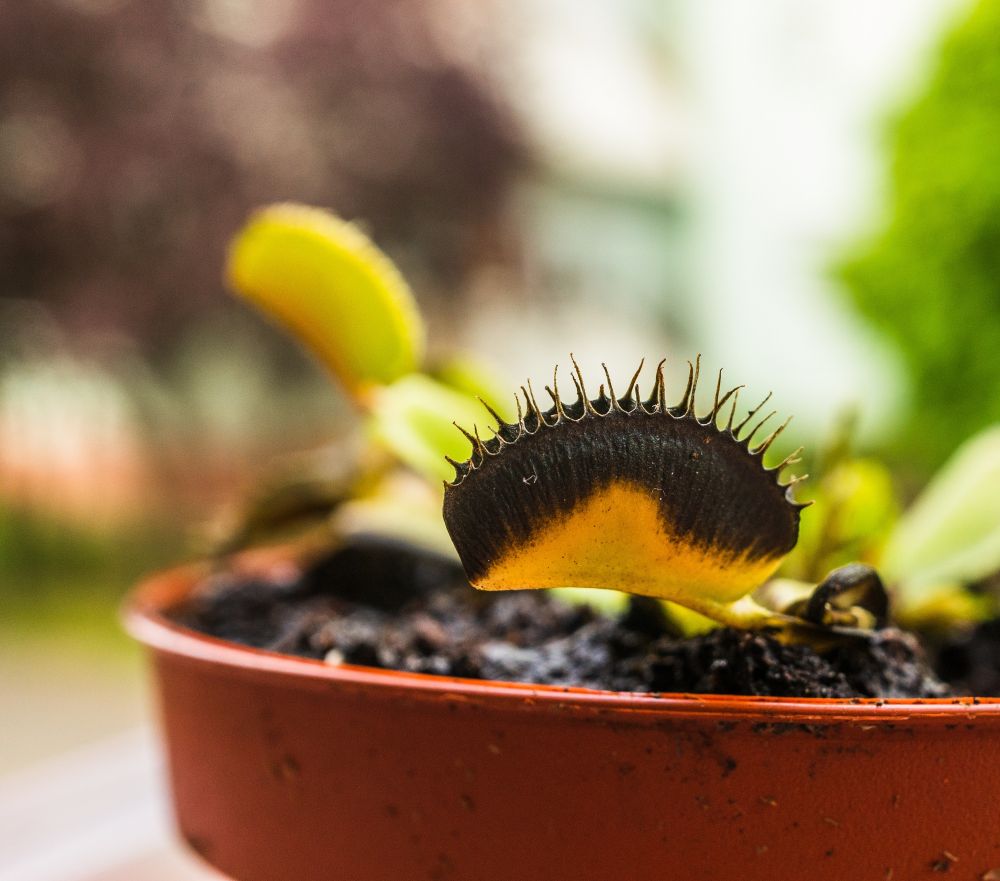
Unveiling the Mysteries: A Deep Dive into Nepenthes Pitcher Plant Care
Welcome, plant enthusiasts, to the mysterious world of Nepenthes Pitcher Plants! If you've ever been drawn to the allure of carnivorous plants, you're in for a treat. Today, we embark on a journey of caring for these exotic botanical wonders, unraveling the secrets behind their captivating pitchers and dispelling common myths. Let's dive into the realm of Nepenthes care and demystify the art of nurturing these intriguing plants.

How do you take care of a Nepenthes Pitcher Plant?
Ah, the heart of the matter! Caring for your Nepenthes Pitcher Plant is both an art and a science. These carnivorous wonders thrive in high humidity and bright, indirect light. Keep their soil consistently moist, but not waterlogged, and provide them with distilled water or rainwater to avoid mineral buildup. Embrace the thrill of feeding them insects, but don't fret if they catch their own – it's in their nature!
Can you keep Nepenthes indoors?
Absolutely! Contrary to popular belief, Nepenthes Pitcher Plants can indeed be indoor companions. With the right conditions – ample light, high humidity, and proper watering – they'll flourish as captivating additions to your indoor garden. Just ensure they receive sufficient light, either through a bright window or supplemental artificial lighting.
Do Nepenthes smell bad?
Fear not! Despite their carnivorous habits, Nepenthes Pitcher Plants are surprisingly odor-free. Unlike some of their pungent-smelling plant relatives, these captivating wonders emit no foul odors. Enjoy the beauty of their unique pitchers without worrying about any unpleasant scents.
How long does a pitcher last on Nepenthes?
The lifespan of a Nepenthes Pitcher varies, but on average, pitchers can last several months. As older pitchers naturally wither and die, the plant continues to produce new ones. It's a perpetual cycle of growth and renewal, adding to the charm of these enigmatic plants.
Why does my pitcher plant keep dying?
If your Nepenthes Pitcher Plant seems to be struggling, fret not; it's all part of the learning curve. Common reasons for pitcher plant woes include inadequate light, incorrect watering practices, or low humidity. Check your plant's environment and adjust accordingly. Remember, every pitcher has its season, and the plant may shed older pitchers to make room for new, healthier growth.
How do I know if my pitcher plant is dying?
Recognizing signs of distress is crucial. If your Nepenthes Pitcher Plant is truly struggling, you might observe wilting leaves, browning pitchers, or a general decline in vitality. Assess the plant's overall condition, consider its environment, and address any issues promptly to give it the best chance of recovery.
Bonus: Explore Other Carnivorous Marvels - Venus Fly Trap
While you revel in the mysteries of Nepenthes Pitcher Plants, consider expanding your carnivorous plant collection with the fascinating Venus Fly Trap. Find these captivating plants here and add another layer of intrigue to your botanical haven.

Conclusion:
There you have it, fellow plant enthusiasts – a comprehensive guide to the care and keeping of Nepenthes Pitcher Plants. As you nurture these carnivorous wonders, revel in the unique beauty they bring to your home. If you're ready to embark on this green journey, explore our collection and bring home your very own Nepenthes Pitcher Plant here. Happy cultivating! 🌿



